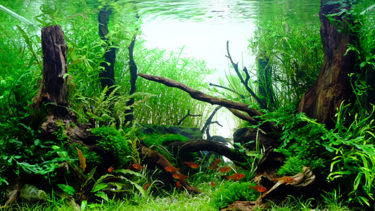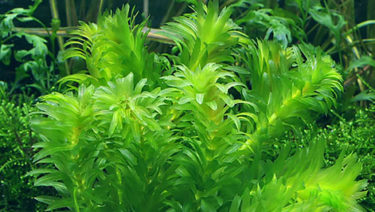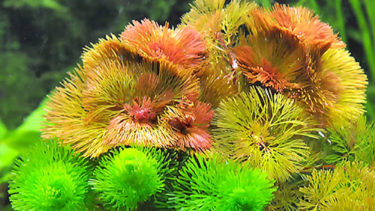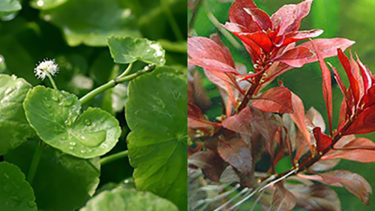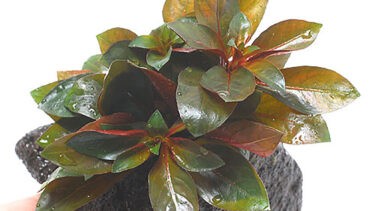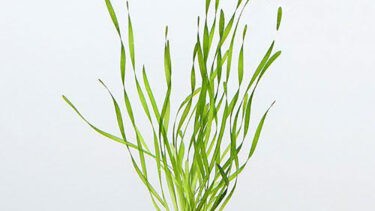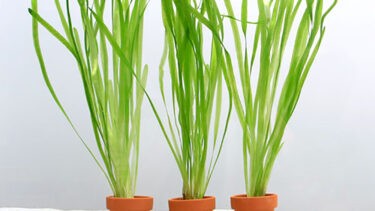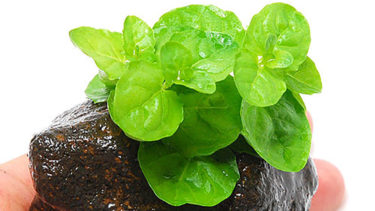Some aquatic plants purchased at specialty stores or online may be contaminated with pesticides. If pesticides are applied to aquariums containing aquatic organisms, the organisms may become weak. In this article, we will explain about pesticides attached to aquatic plants.
What are pesticides on water plants?

If you keep ornamental fish or other aquatic plants, you may buy them at specialty stores or on the Internet. Most people take them home and put them into their aquariums without thinking about it. However, some of the aquatic plants purchased may still have pesticides attached to them. If you put them in a place where there are living creatures with pesticides on them, some of them may weaken or even die.To avoid this, there are some things to keep in mind when buying water plants, which I will explain.
Water plants are indispensable for people who keep aquariums and ornamental fish. However, there are many aquatic plants available at specialty stores, and many people do not know what to buy. In this article, we will introduce you to some of the most popular aquatic plants that are easy to grow and have special [...]
Sometimes you may feel lonely when you have only goldfish in your aquarium. The easy solution to such a situation is to use aquatic plants. Adding various kinds of water plants to the aquarium can make it more colorful. In this article, we will explain why you should add water plants to your goldfish. [...].
Anacaris is one of the submerged plants of the family Cercidiphyllaceae of the phylum Cercidiphyllaceae. In stores, it is sometimes sold under its Japanese name, "giant duckweed. In this article, we will explain the characteristics of anacaris and how to grow it. What is Anacaris Anacaris [...].
Cabomba is one of the submerged plants of the Hagoromoidea family of the phylum Coccolithophyta. In some stores and other places, it is sold under the name "Camomba" in addition to Cabomba. In this article, we will explain the characteristics of cabomba and how to grow it. What is Cabomba and what is Cabomba [...]?
Pine needles are one of the submerged plants of the family Pineaceae of the phylum Angiospermae. Pine needles are characterized by their stiff, thread-like thinness like pine needles. In this article, we will explain the characteristics of Matsumo and how to grow it. What is Pine Saplane? Pine Saplane is one of the submerged plants of the family Pineaceae of the phylum Angiospermae [...].
Effects on living creatures
In the above section, I explained that pesticides (pesticide residues) on water plants may cause harm to living organisms,There are some creatures that should be especially careful about pesticide residues. They are shrimps, including river shrimps. Shrimps are particularly susceptible to pesticide residues, and not a few people who keep shrimps have killed them due to pesticide residues.Shrimps eat leaves of water plants as their staple food, so they are easily affected by residual pesticides. One of the reasons for this is that they are smaller than goldfish, which also eat water plants, and therefore less lethal. If you are interested in keeping shrimps or other aquatic plants, please handle them with care. However, just because shrimps are immediately affected does not mean that other ornamental fish are not also affected.
Reasons for using pesticides

Why are we using pesticides on water plants that may affect living creatures?Mainly, most of the water plants that are used with pesticides are imported. This means that many waterweeds from overseas are used with pesticides. Pesticides are used to control the appearance and discoloration of leaves caused by pests and shellfish that eat the leaves of waterweeds on their way to Japan.Vegetables in supermarkets also contain pesticides, but of course they are subject to strict inspections because they are for human consumption. However, even if there is an inspection for aquatic plants for ornamental fish, it is not so strict. Therefore, it is important for purchasers to take appropriate measures.
How to recognize pesticide-covered water plants
Recently, pesticide-free aquatic plants have been on the rise, and some specialty stores sell them. When buying, please keep in mind that if you can tell whether the aquatic plant you are thinking of purchasing is pesticide-tainted or pesticide-free, it will be a guideline for your purchase.The quickest way is to ask the clerk. It is important to note that it is better to ask if pesticides are used rather than to ask if the product is pesticide-free. This is because if you are asked whether or not pesticides are used, some store clerks may take it to mean that they will not purchase the product if it is not pesticide-free. If they think so, they may muddy the answer because they want you to buy the water plants, so please ask with caution.
If you are shy or do not want to talk to store clerks too much while shopping, I will explain how you can tell the difference without having to talk to the clerk. First,First, check the place of production. As explained in the section above, many water plants that use pesticides come from overseas.Therefore, if you find an aquatic plant that is not domestically produced, such as from overseas or Southeast Asia, there is a high possibility that pesticides have been used. However, it is difficult to prove that the waterweed is pesticide-free simply because it is domestically produced, since some domestically produced waterweeds also use pesticides.Second, if there are shellfish, shrimp, or small fish in the aquarium (container) containing the aquatic plants, it is likely that the aquarium is pesticide-free.If you find small snails (about 2 to 3 cm in length) attached to water plants, you can be sure that they are pesticide-free, since one of the reasons for using pesticides is to get rid of harmful shellfish. If you purchase snails and take them home with you, be sure to clean them off and discard them. Snails are highly fecund and can multiply uncontrollably within a few days to a few weeks in an aquarium with aquatic plants, so be sure to remove them while they are still small. Some specialty stores will intentionally add snails to their aquariums to prove that they are pesticide-free, so be sure to watch carefully.
Methods of pesticide removal
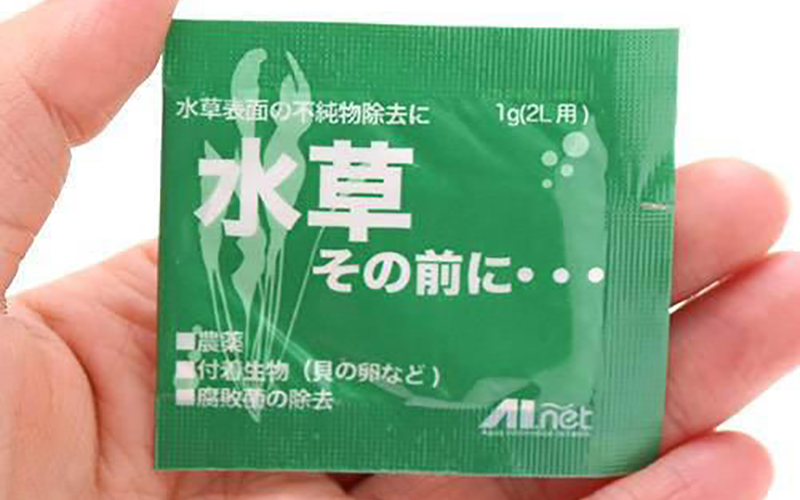
If you purchase water plants with pesticides on them, there is no need to be concerned because the pesticides will diminish as long as you follow the correct removal procedures. There are two main methods for removing pesticides.The first method is to soak the plants in water and use osmotic pressure to remove pesticides from the water plants.There are two types of this method: short-term and medium- to long-term. The short-term method is to change the water approximately 3-5 times every hour. Water should be changed approximately every 15 minutes. The medium- to long-term method is to simply soak the water in the same water for a period of several days to a week. The short-term method is more labor intensive but shorter in duration, as the pesticides are removed in about one or two days. The medium- to long-term method requires less time and effort, but takes longer because the pesticides will not be removed until a week or so after the pesticides have been removed.The second method is to use chemicals. The second method is to use chemicals to remove pesticides from water plants in a few minutes, just like removing chalky water.However, some chemicals are not compatible with certain pesticides, so be aware that this may not be the best method for removing pesticides from aquatic plants that are put into shrimp or other pesticide-sensitive organisms. On the other hand, if you are putting pesticides in killifish or goldfish, they are unlikely to die from the pesticides, so there is no need to be nervous about removing them.


